This story continues our conversation with National Foundation for Ectodermal Dysplasias (NFED) founder, Mary Kaye Richter, as she reflects on the Foundation’s early days and its 40th anniversary. Read part one – How Our NFED Family Came to Be.
It’s true that Mary Kaye Richter is the National Foundation for Ectodermal Dysplasias’ founder. But, from the earliest days till her retirement 30 years later, she had the late Beverly Meier at her side helping. She tells the now infamous story that in 1980 she asked this good friend if she could help her write a few letters.
Beverly became the NFED’s first paid employee in 1983 when she became the office coordinator. Mary Kaye was officially named executive director that year but would not become a paid employee till 1984.
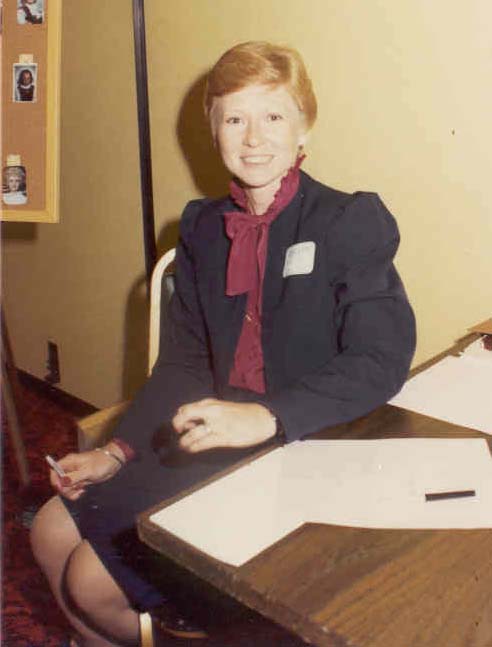
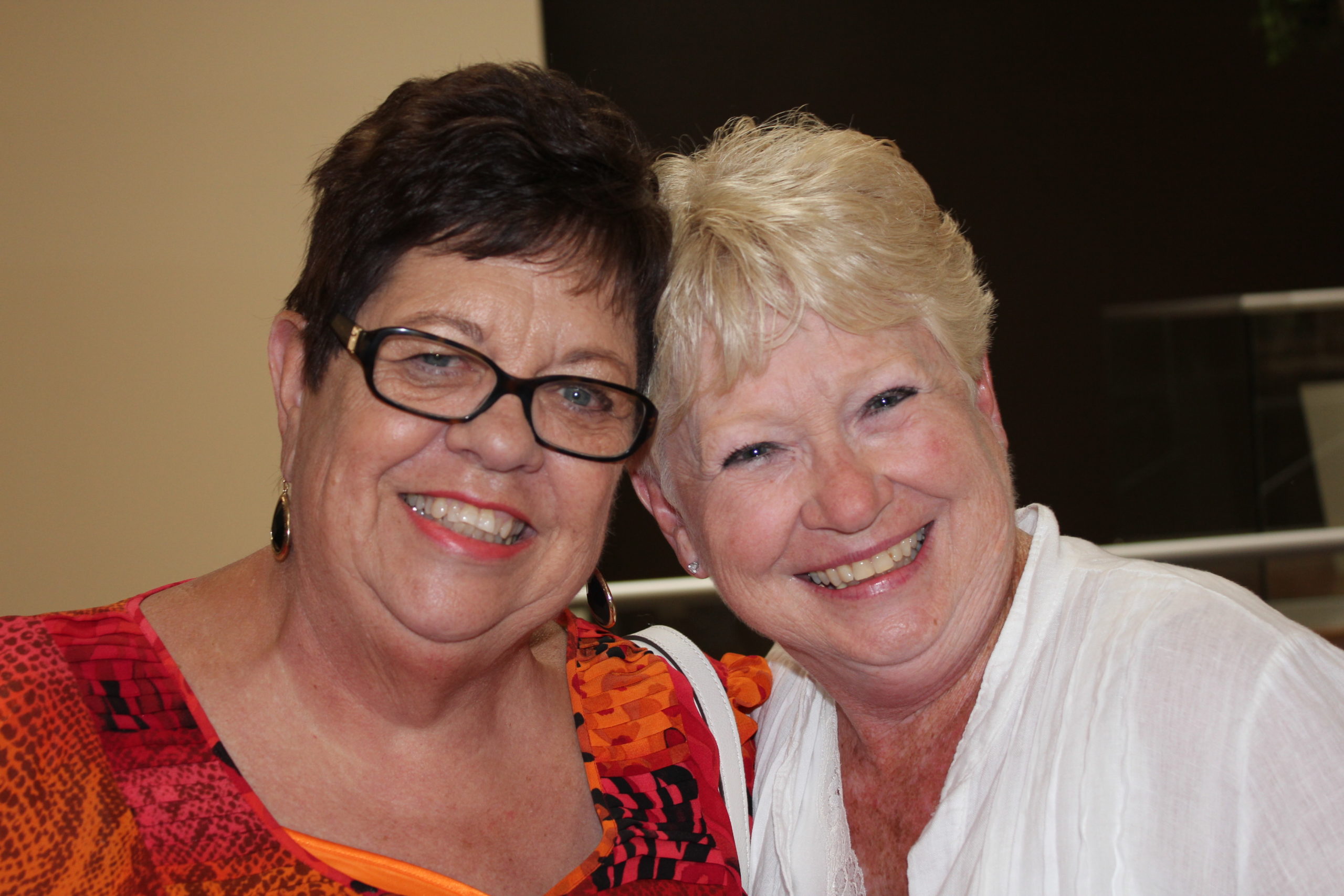
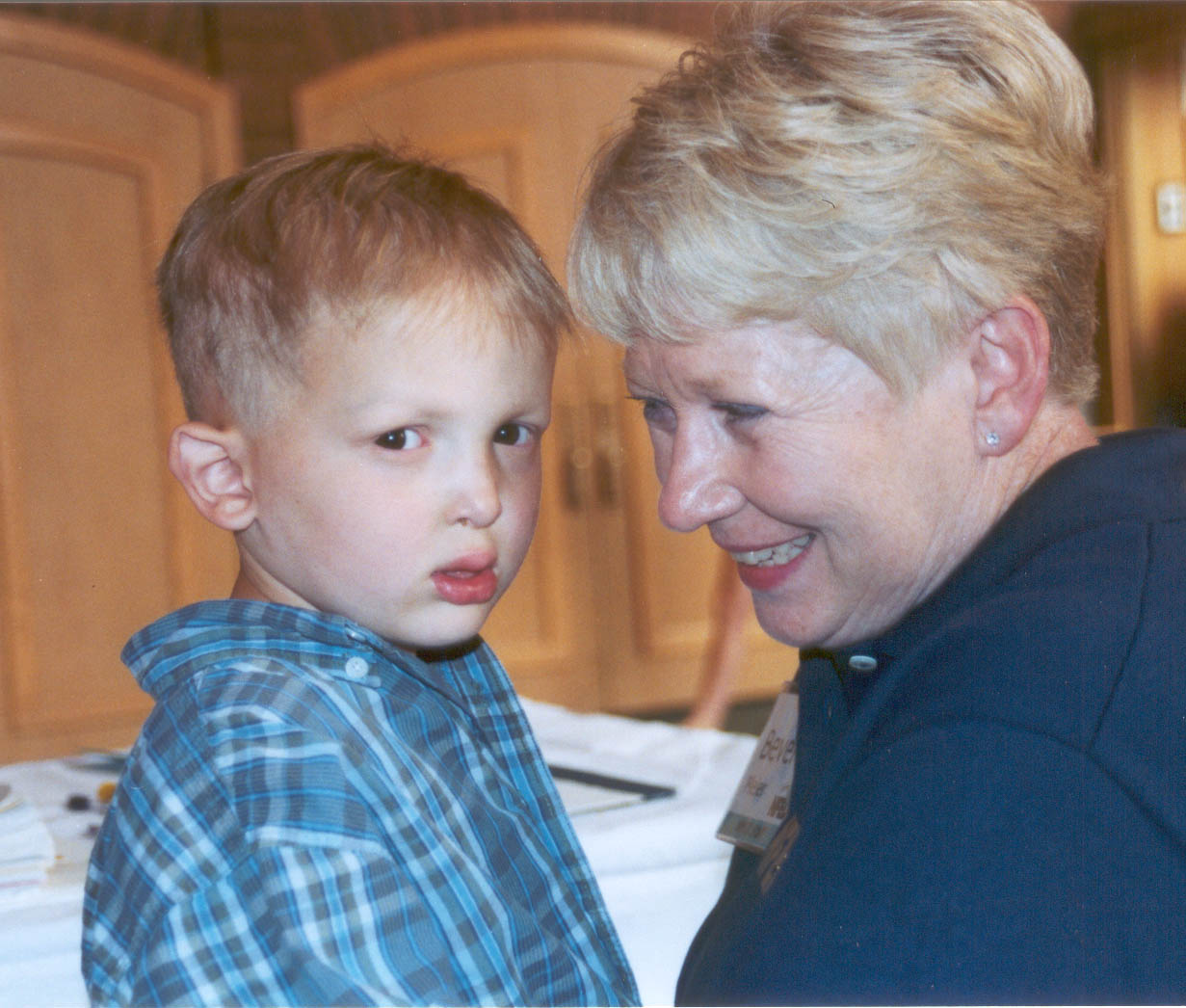
The NFED Expands Its Reach: Paying for Smiles
With education and support programs up and running, the Foundation began expanding its efforts to include treatment assistance and research grants in the mid to late 1980s.
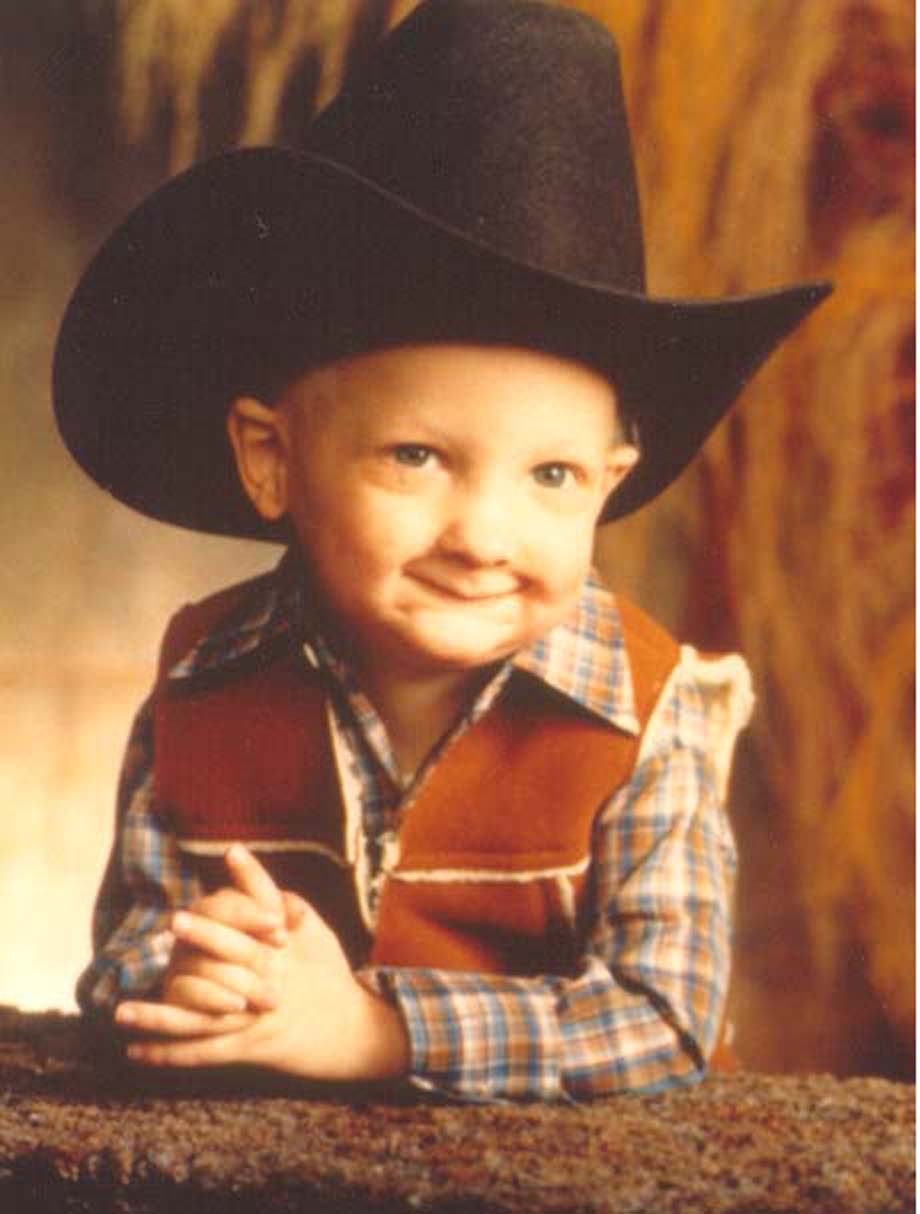
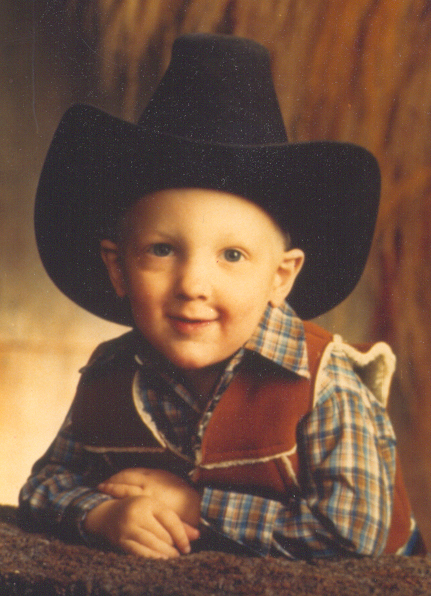
Knowing that wearing dentures had made an extraordinary difference in her son, Charley, Mary Kaye wanted that for every child. He was 2½ when he got his first set. His dentist, Dr. Jack Lintz, described the transformation, “It was like someone had flipped a switch in him.” His speech exploded and his charming personality shined.
A Grammy-Award-winning singer and an Academy-Award-winning actor helped them get started.
“In addition to allowing the NFED to use his song lyrics as a tagline, Barry Manilow helped the Foundation get started with treatment assistance. “He sent us a check for $1,000. I can remember sitting at my desk holding that check. Holy smolies, what are we going to do with this? I said, ‘I think this is going to help kids.’ So, we started the Treatment Assistance Program. Boy, that was a good $1,000 to give away to kids.”
That gift started their campaign to raise $50,000 for treatment, and a $10,000 gift from actor Paul Newman got them to that goal.
Research Would Provide the Answers
“We were information-oriented. We were patient-oriented. And, then we were also research-oriented. If we were ever going to find answers to the conditions it would be through research,” said Richter.
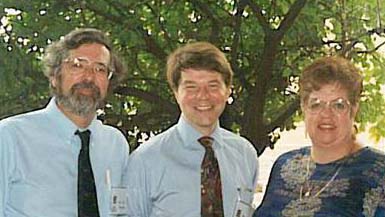
The NFED’s strategy was to get scientists interested in studying the conditions by offering access to patients and small financial grants. In 1989, the Foundation gave its first financial award of $10,000 to Dr. Jon Zonana at Oregon Health Sciences University for his work to find the gene for x-linked hypohidrotic ectodermal dysplasia (XLHED). That gift was the first of many that the NFED made to lead XLHED research to where it is today: developing an in-utero treatment which is in clinical trials.
I wanted the Foundation to be helpful for research. We had the patients. No one else had the patients. If something could be done, we could help a researcher. I think most researchers will tell you the biggest obstacle is not finding individuals to whom the research can be done. In finding the gene, it was a simple blood draw. There was also always that issue of money to fund it. But, then there would be a golf tournament, a bake sale. Families, in time, got on the band wagon, understanding that what they did and the money they raised was really important.
– Mary K. Richter
Raising Money and Awareness
Raising money was always a concern and necessity for the fledgling organization, especially as they expanded their reach through treatment and research. But, in retrospect, the Foundation always got what was needed just at the right time. The Belleville, Illinois Kiwanis Club gave the NFED its very first donation in 1981 to help offset the cost of postage and copies when Mary Kaye was communicating with the first families. The service organization continues to be a loyal Foundation supporter to this day.
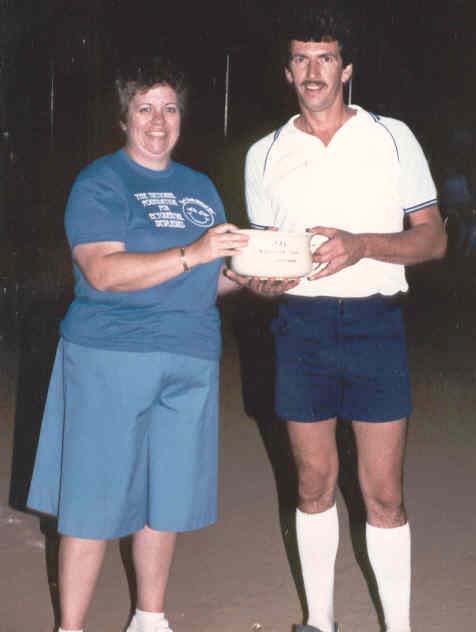
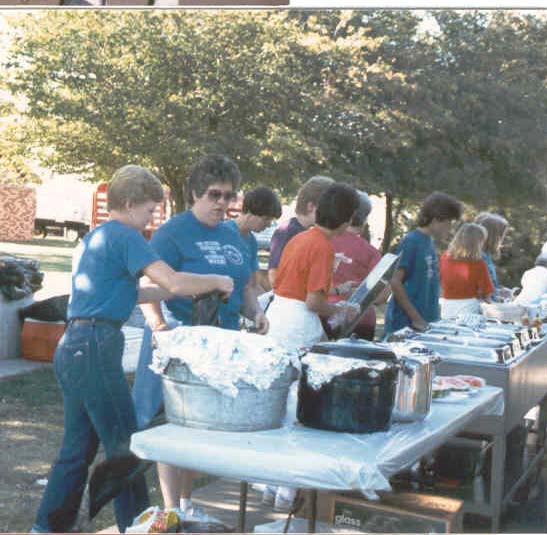
Slowly but surely, money kept coming in. Families and friends of families sent checks. The NFED hosted the first walk-a-thon in 1982. Pig-nics (a picnic that featured a pig roast), craft sales, raffles, auctions and many other fundraisers followed in that first decade to support the organization’s growing budget.
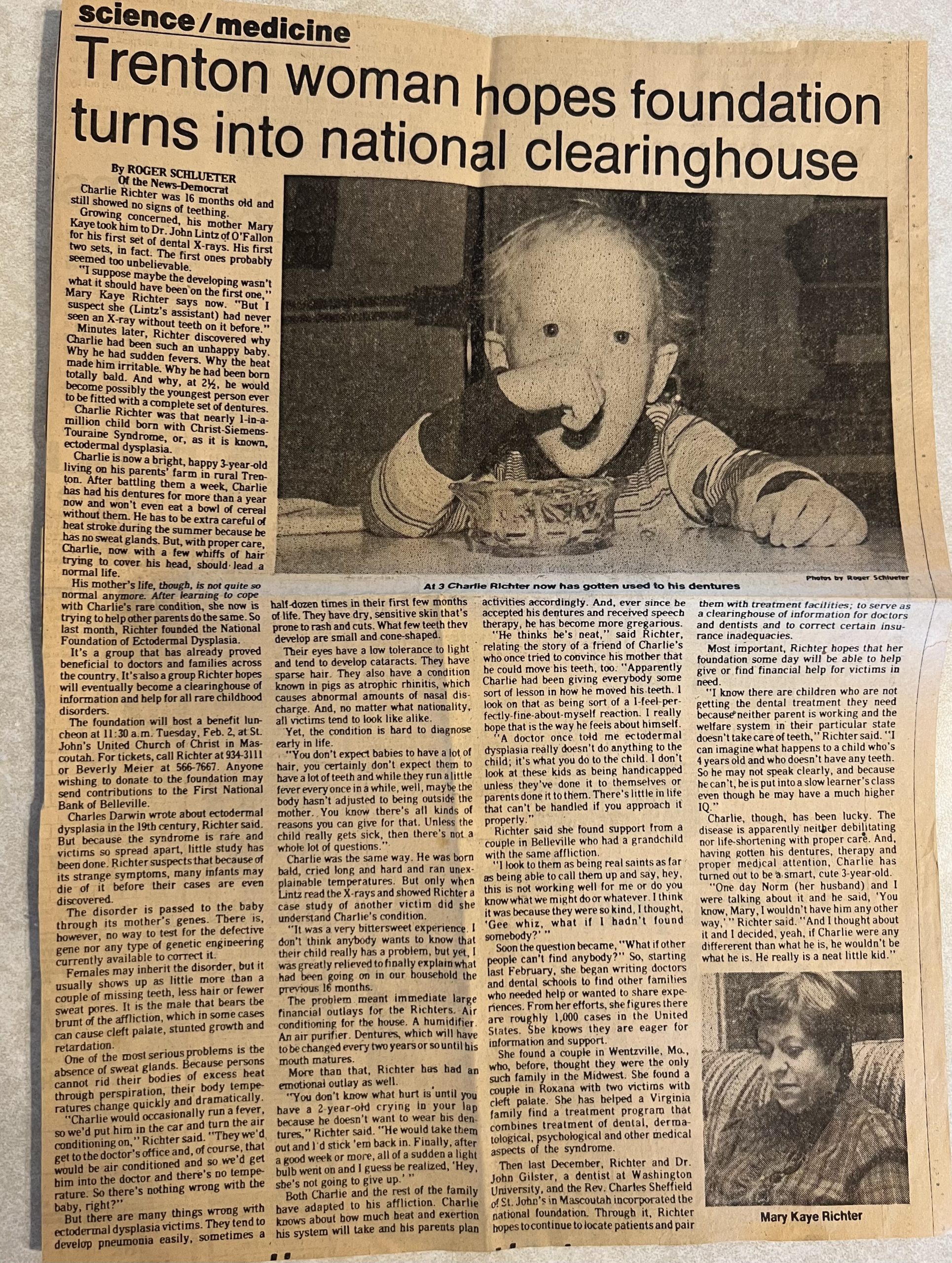
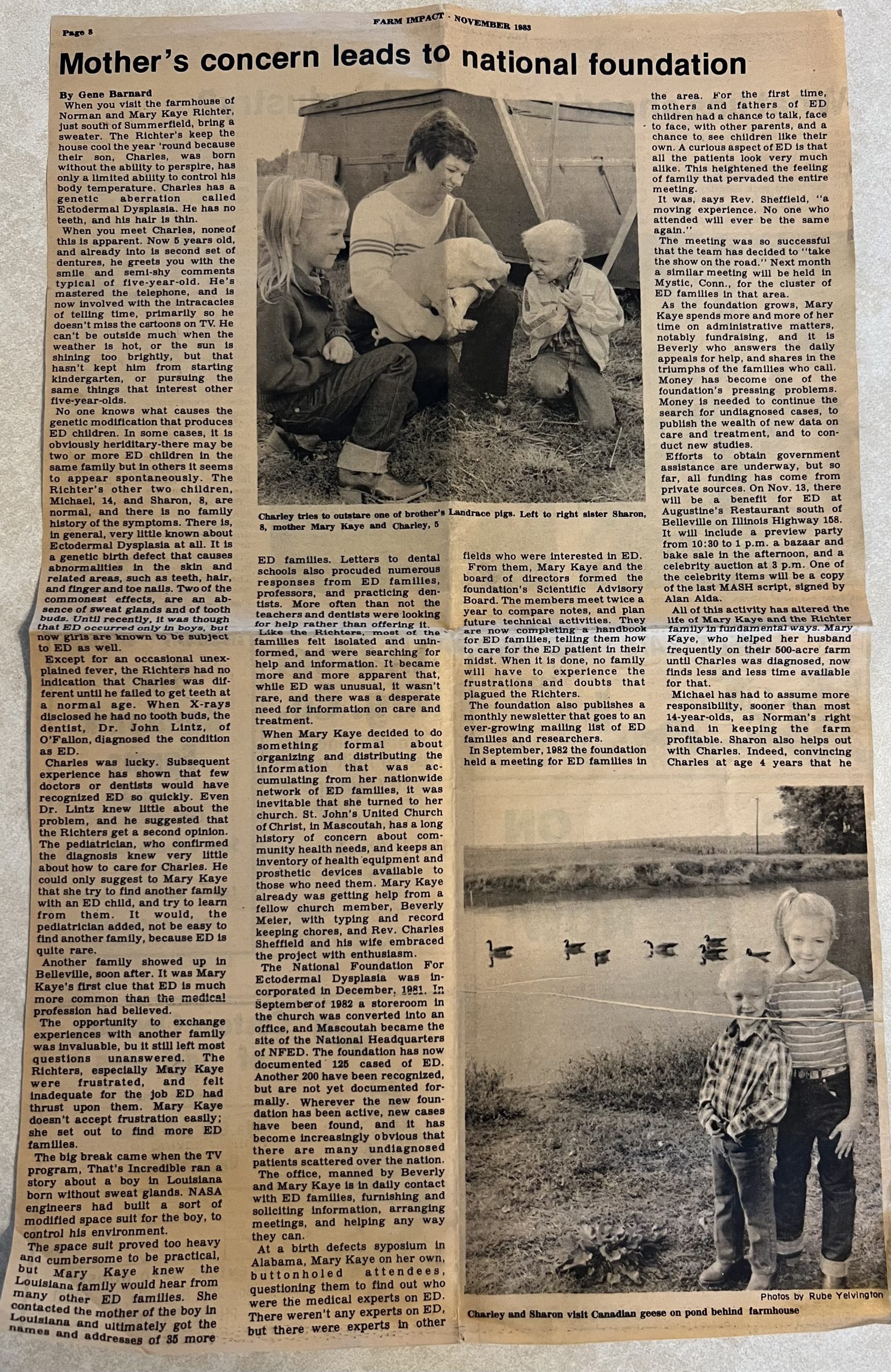
Awareness of the small nonprofit grew as local media consistently shared NFED’s story and its successes along the way. At the national level, Mary Kaye was making a name for herself and the Foundation. The eloquent communicator strategically used her “down on the farm” approach to passionately deliver her straight-forward message. She made her first of many appearances in Congress advocating for funding for the National Institutes of Health and their research efforts.
Mary Kaye became active on the National Advisory Dental Research Council at the National Institute of Dental and Craniofacial Research. She helped create and launch the National Alliance for Oral Health, serving as co-chair. Her goal was to raise awareness about the needs of individuals with rare conditions and have them included in conversations and policies. All of these efforts helped expand awareness for ectodermal dysplasias and the NFED, getting the attention of health care providers, government agencies, and researchers.
Our Favorite “Poster Child”
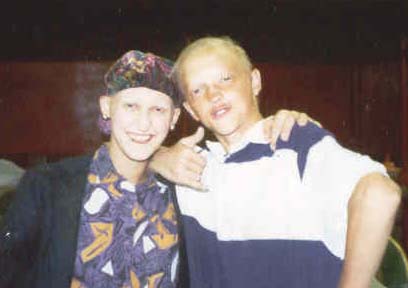

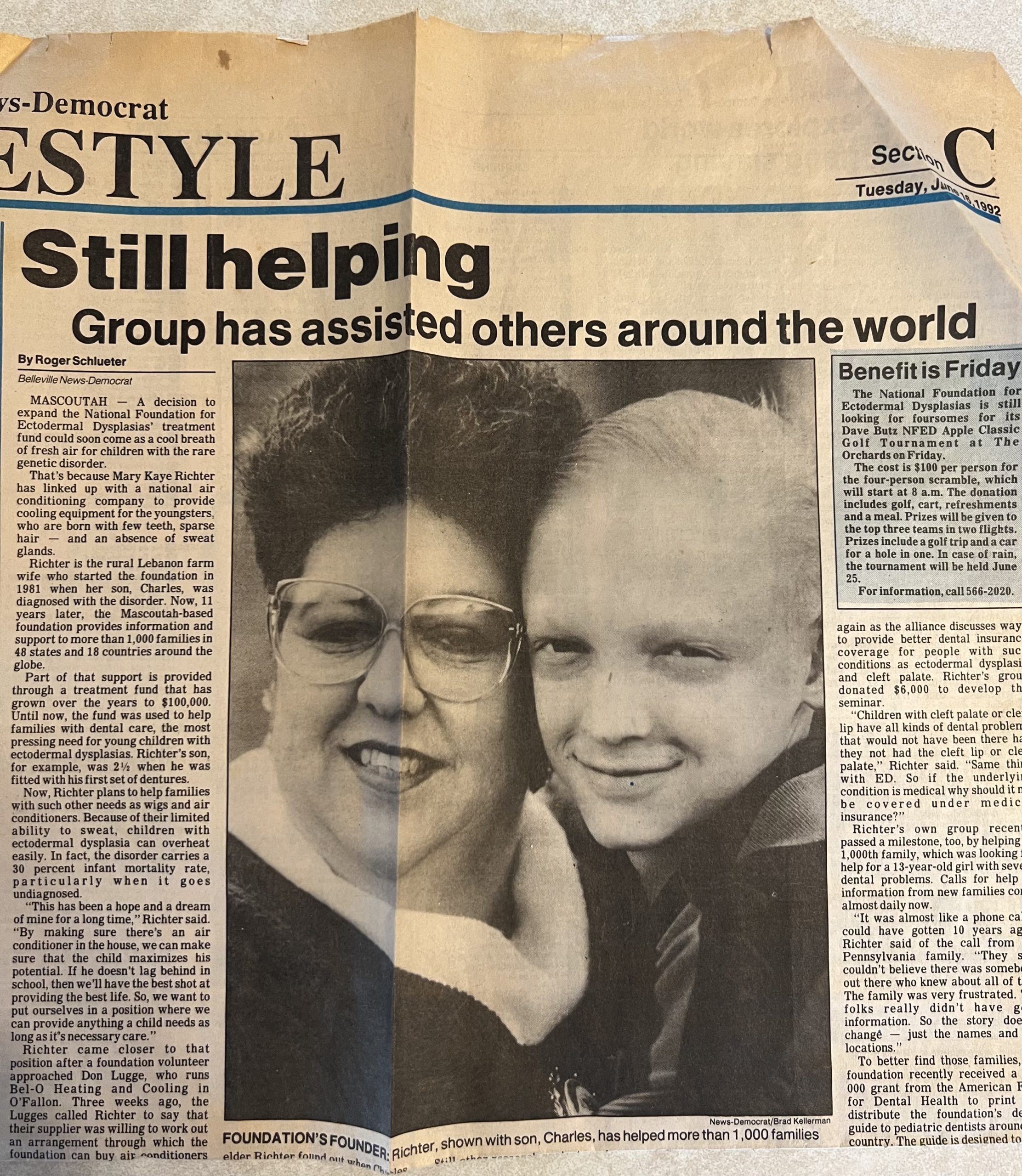
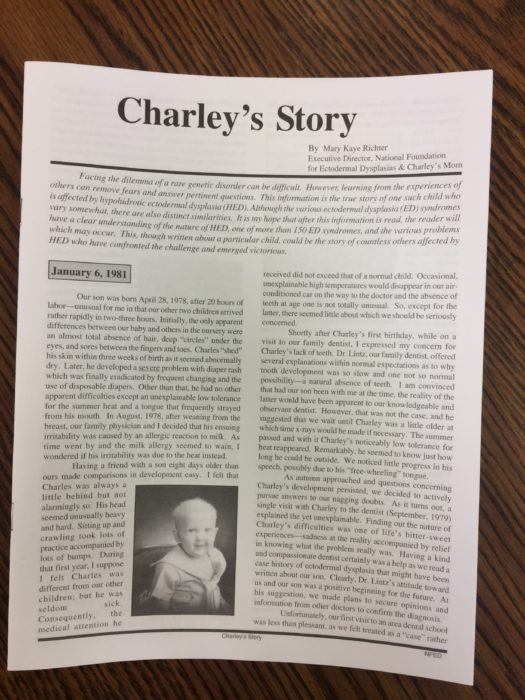
It’s impossible to talk about the NFED’s early years and not talk about Charley Richter. He, along with his mom, were the “faces” of the organization. Besides going to every Family Conference, he talked with reporters, attended fundraisers and was a part of everything the Foundation did. Mary Kaye chronicled his ectodermal dysplasia journey in “Charley’s Story,” an ongoing diary that she shared with other families. The NFED’s first “poster child” says that participating in the Foundation was just a part of his life, something he didn’t think twice about.
“It just felt very normal. Not that I ever felt like it was my job. It was just my duty to do whatever you had to do. I don’t think I ever did say no. I remember testifying before Congress when I was about 10. I was nervous for that! I did many TV and newspaper interviews.”
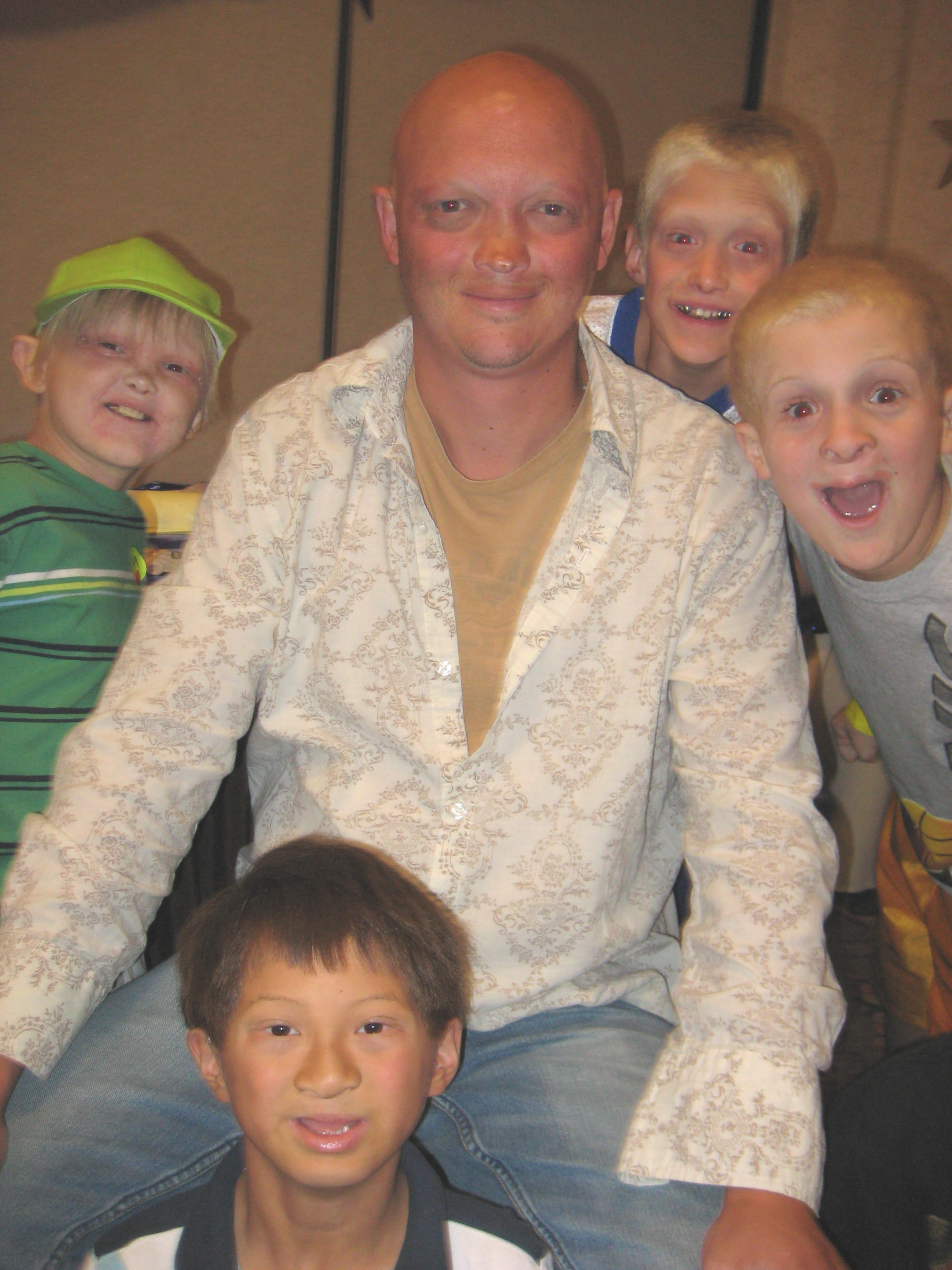
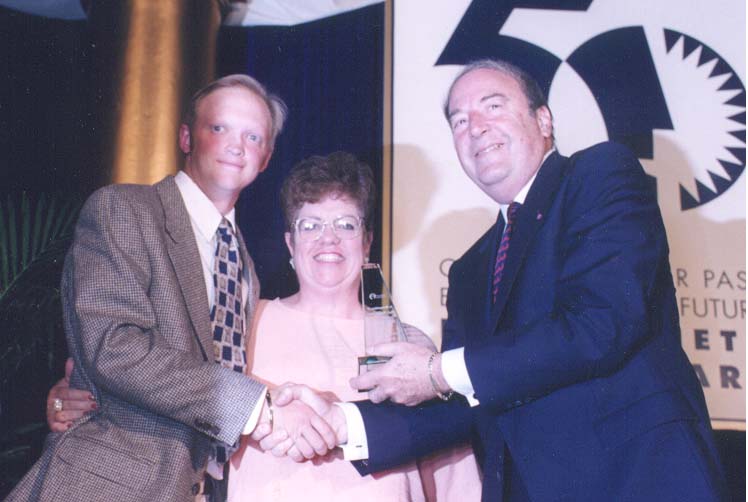
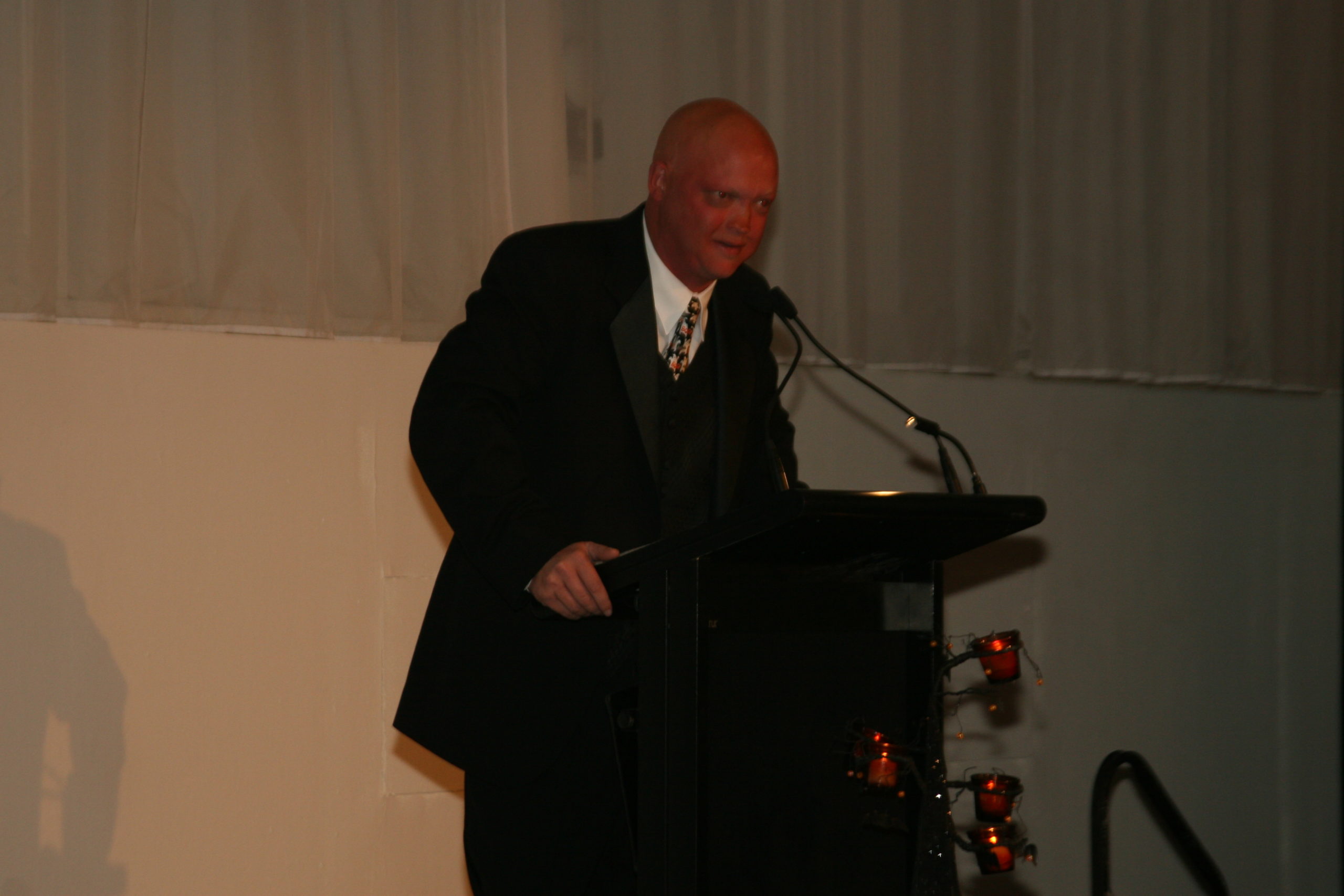
Now 43, Charley is still synonymous with the Foundation and actively participates. As a father and farmer, he continues to show parents what is possible for your child when they have ectodermal dysplasia.
The Family Thrives
By its 10th anniversary, the NFED boasted an annual budget of over $100,000 and was serving 800+ families in 49 states and 17 countries. It was pretty impressive for a rare-disorder-oriented Foundation to expand this rapidly. Even with some extraordinary accomplishments made that first decade, Mary Kaye is clear on what their biggest accomplishment was.
“It’s neat. From my standpoint, mom started it to learn answers about me. But, that she was able to help so many thousands of kids across the world, is really something!”
– Charley Richter
Mary Kaye’s “can-do spirit” led the organization through its challenging times. And it became the organization’s most important message—it gave families what they needed most: HOPE!
While Mary Kaye retired in 2011, after serving nearly 30 years as executive director, her vision for what the NFED should be continues to live strong.
“At every step along the way, just the right person or the right thing has come along and given the Foundation what it needs to be successful,” Richter said.
What memories do you have about being a part of the NFED? We would love to share your story!
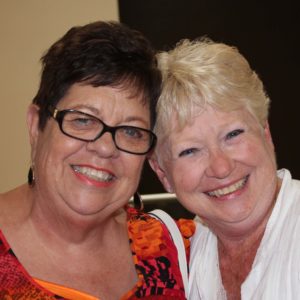
I loved this review and am so grateful for Mary Kaye.